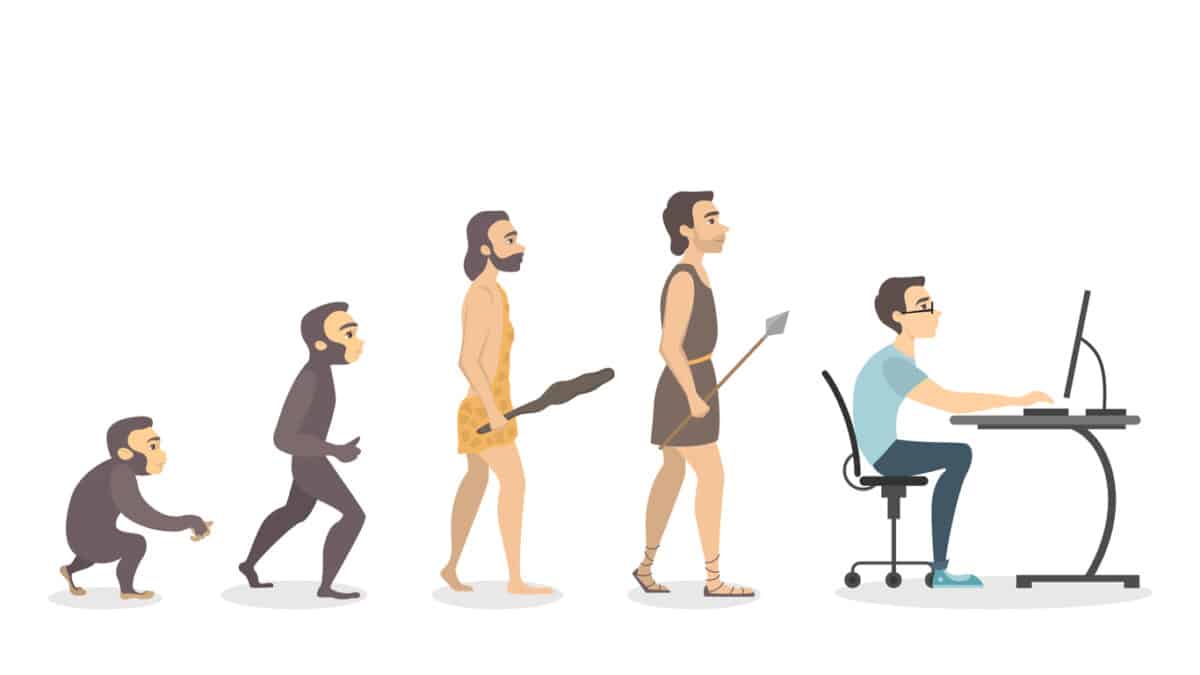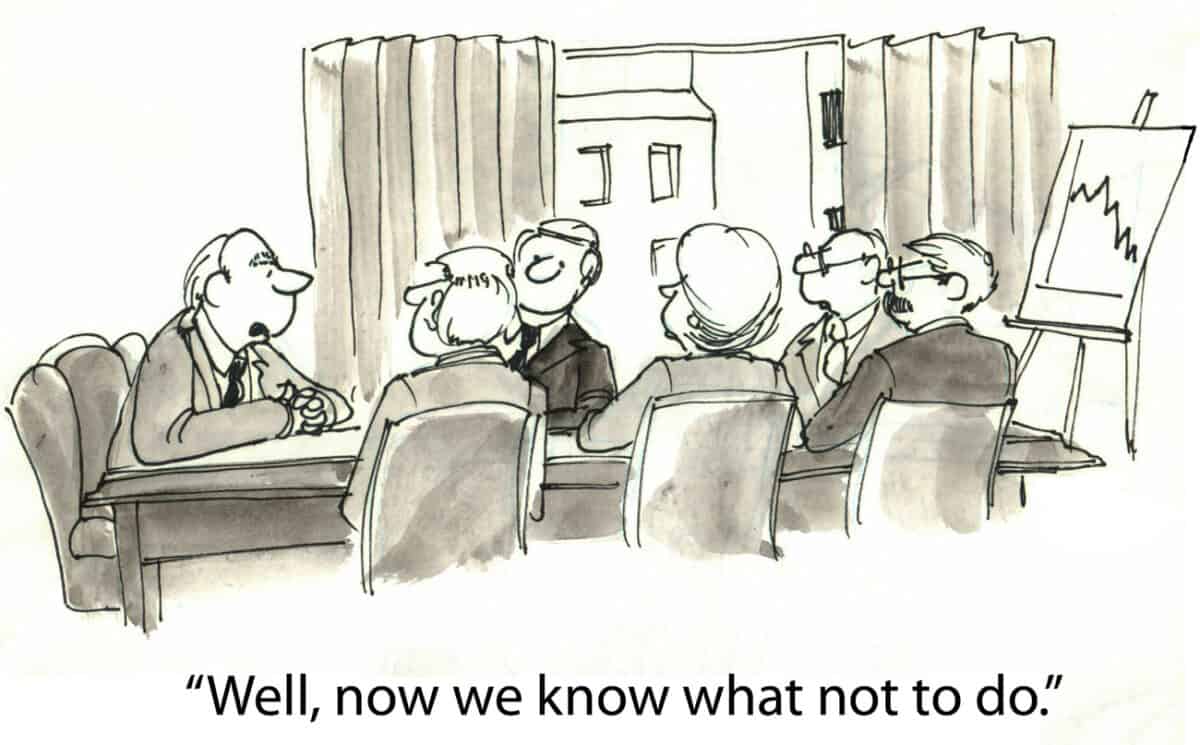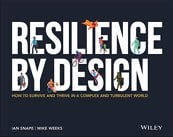The Chartered Institute of Personnel & Development (CIPD) has released an important survey of their members about health and wellbeing at work. Amongst many of the findings is that “Stress continues to be one of the main causes of absence” and that “Heavy workloads remain by far the most common cause of stress-related absence…” So how are CIPD members reducing the heavy workloads? They’re not. 78% of respondents are using Employee Assistance Programs (EAPs) to “identify and reduce stress”. Options like hiring additional staff or reducing the workload do not even chart. OMG!
Category: wellness
OHS context in many mainstream news stories, if you look
Occupational health and safety (OHS) is rarely reported on in the mainstream newspapers but every week OHS is there, adding a contect to a scandal or subtext to a public health risk. Last weekend was no different. The Guardian of September 16, 2023 reported on a review of personal relationships by BP, a prison escape, deaths from air pollution, a more relaxed approach to work, shoplifting and customer aggression, and more.
You pay peanuts, you get monkeys
A recent Crikey article quotes a Qantas pilot saying “you pay peanuts, you get monkeys”. Australian businesses are gfighting asgainst wage increases, so they must want to employ “monkeys”.
Australia is engaging in its ritual industrial relations (IR) arguments about productivity, pay and conditions. Business concerns are that the IR changes will increase business costs beyond the point of sustainability (ie. Profitability), as always. Trade unions want improved worker pay and conditions.
RUOK? needs a refresh
RUOK? Day is held in September each year in Australia. The workplace suicide awareness campaign has been very successful, but over time, I have observed a decline in effectiveness, certainly at the local communication level. It may be a victim of its own success as almost all awareness campaigns struggle to maintain their original freshness. Perhaps it is time for a change. Perhaps that change is being forced upon us.
Business lobbyist misses the point
Recently the Australian Industry Group Chief Executive, Innes Willox, addressed the National Press Club in Canberra. The AIGroup is one of the “go to” business groups, along with the Business Council of Australia and mining industry groups, that the business media knows will comment on anything when asked, and frequently when not asked. Willox’s August presentation was on Industrial Relations, but it also illustrates the workplace and political culture in which occupational health and safety (OHS) must operate.
Good book that misses important OHS perspectives
I buy at least one new book related to occupational health and safety (OHS) every week. Yes, I have a big pile of unread or, half-read books. Every now and then, one stands out, and “Resilience by Design” did just that. Initially, it was about the formatting, but then the content grabbed me. It is not a “straight” OHS book, and much of it focuses on individual interventions, but there is enough content to further the OHS discussion about psychosocial hazards and provide insight into the non-OHS perspectives of this growing area of safety management.
Emerging workplace hazards that have been around for a long time
Psychological safety at work is often referred to as a recent phenomenon or as an emerging risk. The hazard has captured people’s attention in Australia primarily because of a “mental health tsunami” that many relate to the COVID-19 pandemic, lockdowns and so forth.
WorkSafe Victoria released guidance on workplace bullying and occupational violence in the late 1990s and early 2000s. And in 2006 advised this in one of its office safety publications:







